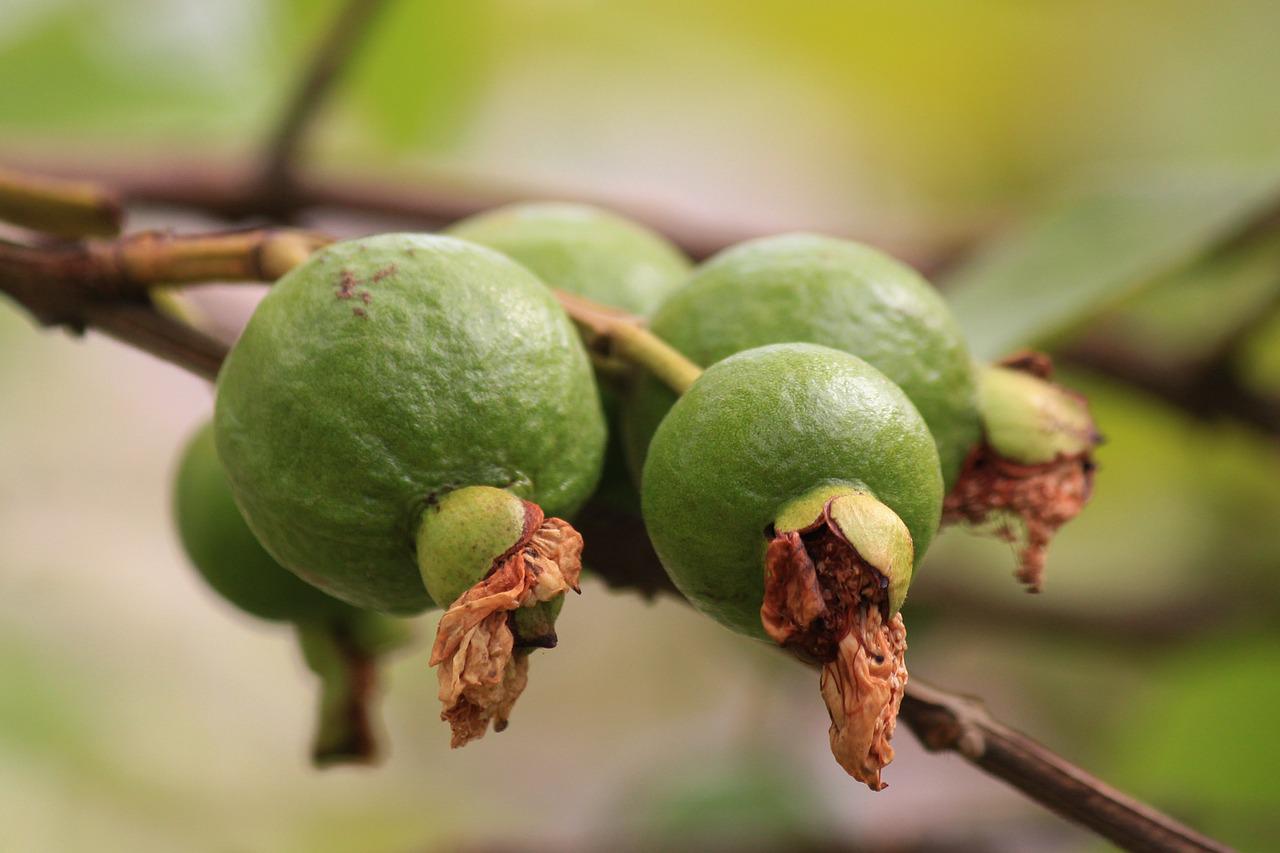Many sodas (mom-and-pop cafés) and homes around Costa Rica serve a natural fruit drink called fresco de cas. The cas fruit is blended with a sweetener to make a creamy, delightful, sweet acid drink that has a hint of guava flavor. That’s because cas belongs to the guava family.
Known as Costa Rican guava in English, Psidium friedrichs thalianum has many different names in Latin America, including guayaba ácida (Guatemala), guayaba agria(Colombia), guayaba de danto (Honduras), guayaba de agua (Panama), guayaba del Choco (Ecuador), guayaba montes (Mexico), guayaba (Nicaragua) and arrayán (El Salvador).
It’s worthwhile to note that Latinos refer to guavas as guayabas, which is actually the same as the scientific name for this genus of fruit trees.
To make things more confusing, Latinos use the term guavas for the long seedpods from the genus of trees known as inga or guavo in Spanish. Each seed from these pods is wrapped in a natural cotton-candy pulp and is truly delicious. I’ll have more on ingas in a future article.
Let’s return to cas, which is actually an indigenous name for the fruit; in the Brunka dialect, cas is called kás-kra. CAS is a hardy wild fruit tree that requires no special attention, has no significant problems with insect pests or diseases, and grows well in all types of tropical soils in coastal and intermediate regions.
If you have the space, it can be a nice addition to your home fruit orchard. Many Costa Rican families earn a little extra money selling cas fruits to sodas and restaurants. Because of its acidity, the fruit is mostly used for making sweetened fruit drinks, jellies and jams or filling for pies.
Cas can be propagated by seed, which you can collect from fruits sold in local markets. The seeds can be planted in plastic nursery bags filled with average soil and kept well watered until they sprout.
Once the seedlings reach a height of 30 centimeters, transplant them to your fruit orchard. The trees are small, and need approximately 5 meters of space between other trees. Cas trees often produce fruit in 3-5 years.
Fresco de Cas: To make a fruit drink with cas, use about four peeled fruits with a blender full of water. Blend slowly so as not to grind the seeds, strain the watery pulp through a sieve, and add sweetener to taste.






